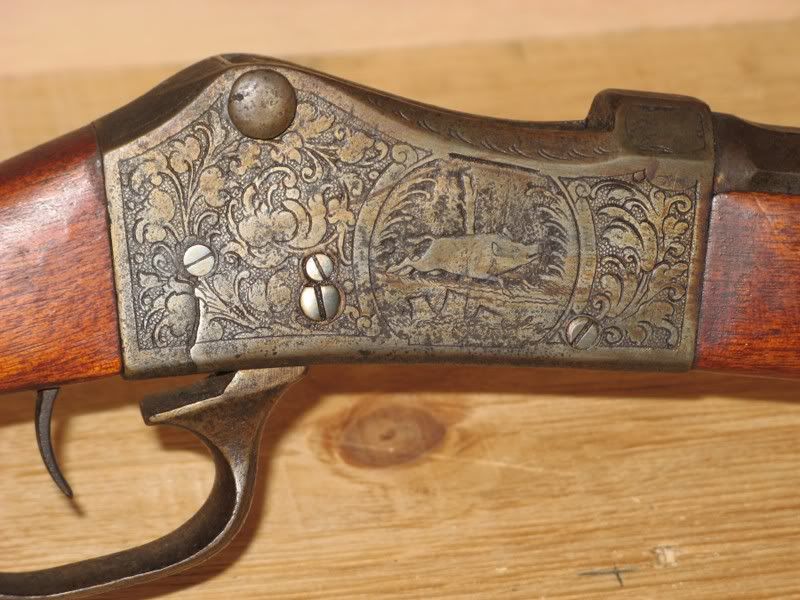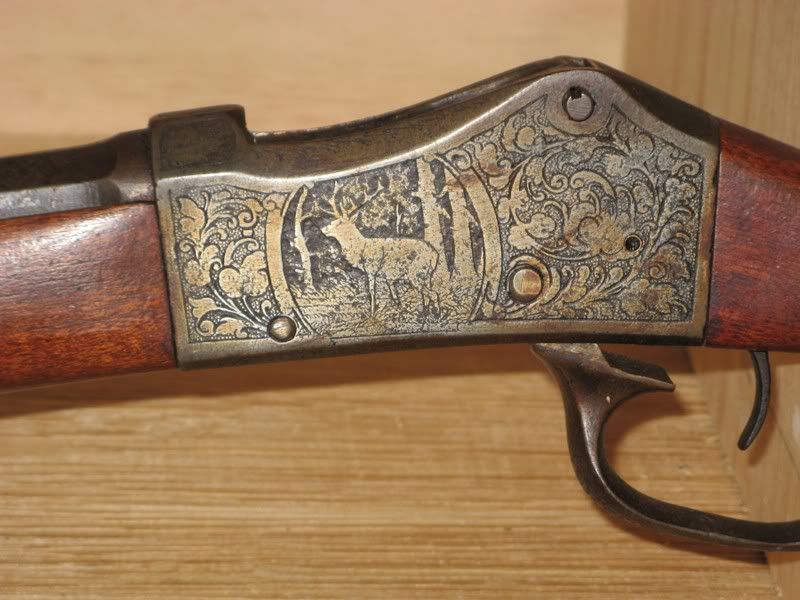I just had a brainstorm. (or at least a brief shower)
*Assuming* the gun is a toolroom job made to experiment with a variant of the ammunition then in service, (or proposed for the Romanian contract), what if the " - 05 " stamped at the breech signifies "minus .050" ", as in .050" smaller than standard body dimensions for the #2 Musket, which is exactly what the chamber cast measures out at?
Thoughts??

|
   
   
|


|





 Reply With Quote
Reply With Quote












